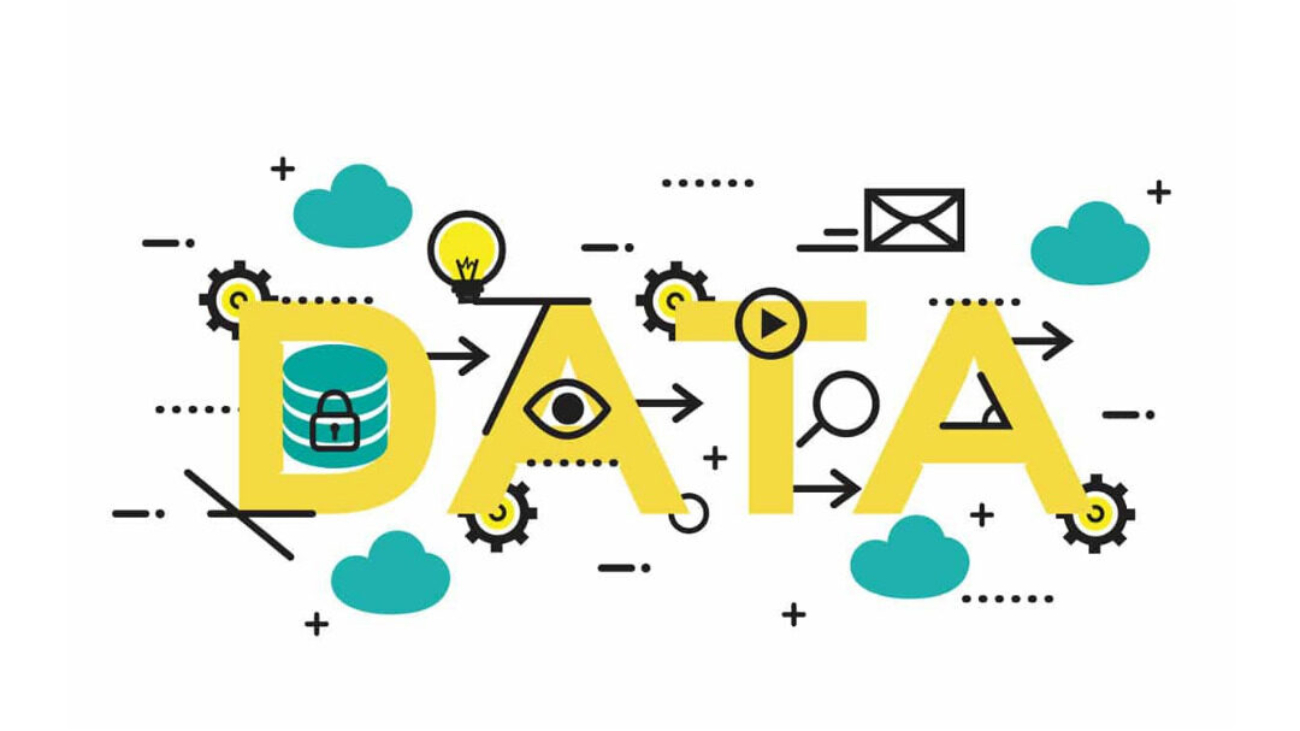In the current era use data helps organisations gain actionable insights and develop marketing strategies to enhance the customer experience.
So what are the different data-driven marketing strategies that can help you stay relevant in a fast paced market?
Data has immense power to make marketing accurate and precise but it is the marketer to efficiently gather, analyze, and leverage this to reach the target market at the right time.
Digital marketing has become specifically more necessary in times of pandemic where the world is not the same anymore and snap lockdowns are expected anytime! Let’s explore the top 5 data intrinsic marketing strategies to stay attuned with the pandemic-driven challenges.
- Hyper-Personalization
Hyper-personalization utilizes refined algorithms and big data to infer vital information about their customers’ needs & wants. It facilitates them to capture new audiences, speculate behavior, enhance precision targeting, and build stronger relationships by making the best use of implicit data (ascertained from within data streams), explicit data (provided by the visitor), social media engagement & response, CRM, customer surveys, and more.
How to adopt hyper-personalization marketing strategy?
- Personalized Marketing Ads: Companies can use data outcomes at the right time to personalize ad content, discounts, loyalty rewards, etc. for the customers. A buyer’s journey consists of many potential personalised touchpoints like devices they use, interactive channels they engage with, time of the day when customers are the most active, etc.
- Active Support & Query Resolution: Today’s customer expects personalised service even while using an auto live chat. There are many such tools like tawk.to, livechat, zendesk, zoho, etc that can help in combining real-time experience and human relationships. There are many brands that leverage such technology to replicate their in-store experience online through live chat and exponentiate their sales.
- Predictive Data Analysis
“Forecasting” future trends is the key! In a fast paced market understanding the ever-changing trends, is the need of the hour. Today, predictive data analysis plays a major role in facilitating the best customer experience. This strategy allows brands to build targeted promotions and loyalty programs, efficiently optimize campaigns, forecast & foresee demand, and adopt profitable replenishment strategies.
- Data-Oriented Budget Optimization
Under & Over budgeting is a disaster for any business planning & strategy. Budget is the fuel of marketing campaigning and data backed budget could further boost the effectiveness of any marketer running these campaigns. There are two primary data-driven approaches:
- Marketing mix model: Uses past performance data to measure the effectiveness of digital and offline channels while controlling for external factors to optimize marketing and spend efficiently.
- Multi-touch attribution: Uses data at an individual-level from identified channels to numerate and allocate fractional credit to different marketing touchpoints through a consumer journey. This enables marketers to routinely enhance ongoing campaigns with the most accurate, up-to-date metrics.
- Powering the Business Landscape with AI
AI has proven to be the “mainstream technology” for companies by facilitating revenue growth, more informed decisions and enhanced customer experiences.
AI systems continually work in the background of popular products and services such as Amazon, Netflix and undoubtedly Google.
Few areas that can be inspected for leveraging AI are:
- AI-Powered Ads: AI-powered systems help marketers inspect more ad platforms and streamline target audiences. Companies can leverage this opportunity by using third-party or even by developing their own customised AI tools where ML (Machine Learning) algorithms can learn new ways for optimizing the advertisement campaign that requires little human involvement with AI analysis, management, and optimization of paid ad campaigns.
- AI-Generated Content: AI-generated content is backed by data insights and written rules & formats that serve best for your brand. Organizations can leverage this natural language for generation of email content, customised reports, customer engagement, or social media post content. There are AI-powered marketing tools that can efficiently suggest fresh social media content that your brand’s followers are likely to engage with.
- Churn Prediction: Understanding the business’s churn ML algorithms could create effective content for the disengaged users that are about to churn. AI can help build a predictive model to identify the point of churning life cycle of an existing customer, giving an early indication to the company to retain the customer.
- Human-to-Human Marketing
COVID-19 pandemic has reshaped every individual’s perceptions about life, let alone a brand. They are adamant about their expectations which are higher than before. Being distant due to online presence as the only option at some stage of the pandemic, has created many obstacles for businesses to develop interpersonal relationships with their customers while bearing the pangs of pandemic.
So why not use technology to establish an interpersonal relationship with customers?
- Humanized chat bots: People always want personalized services when they are spending money. The online chat bots could be trained to ‘humanize’ by using easy and conversational language. Also, giving the bot an identity with a name and a face could help achieve this personal touch.
- Friendly agents: Ensuring casual yet respectful response from agents when responding to a customer could help build a relationship and fill that gap..
- Social media engagement: Be funky and friendly.This side of your business can attract social media followers, Use comments, live chats, innovative content, etc. on a regular basis.
In this highly competitive business environment for customers’ engagement, hyper-personalization using big data analytics has proven to be magical and provides a distinct competitive edge to the companies.
Advertisers must use a perfect mix of strategy while engaging with their customers on multiple touchpoints. This is achieved by ensuring transparency and maintaining compliance with privacy laws by not misusing the data in any manner. This behavior will make a brand reliable and relevant in the long term through constant evolution. @CloudPloys we offer reliable advice and SEO services to give your business that extra boost to outgrow itself to greater heights.







